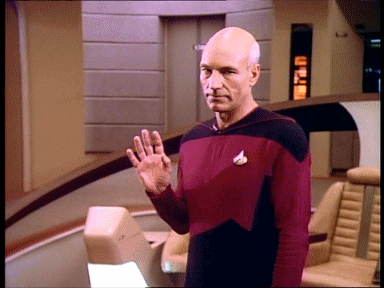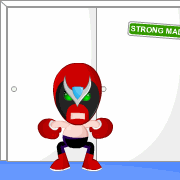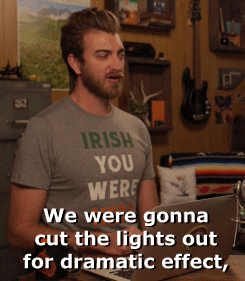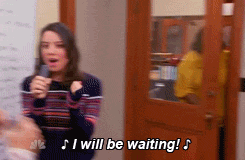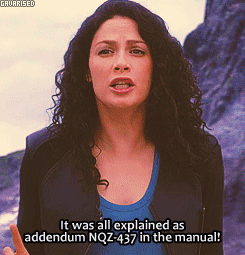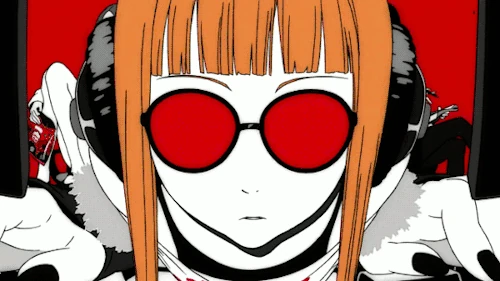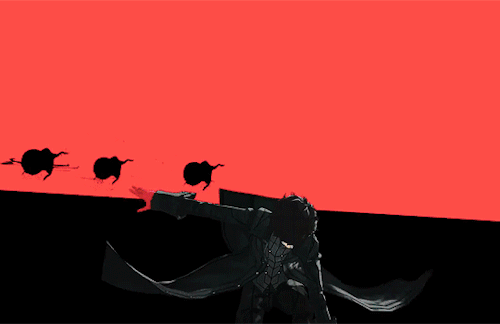Hello again, true believers!

Stopping to think about, that’s kinda a weird way to start a comic book. What was Stan going for with that? Eh, I digress.
Today, let’s talk about WHY you’re writing, WHY I’m writing, and WHY anyone ever has written. It’s a short topic and we’ll get entirely done with it in 600 words or less 😉

Seriously though, while there are umpteen inspirations that have gotten people writing, the real reason for any writer falls into one of these 3 categories that reflect, in some way, what the person hopes to get out of the effort. Now, up front, I want to note that this is not a “One is the best and the rest suck” or “This one is terrible but the others are OK” post. That accomplishes nothing, and each person needs to do their own thing. Frankly, most people have hybrid motivations of these three types, anyway, which I think is for the better.
As rule 3 states: “You do you, girl.”
Instead, I just want to talk about each type, it’s strengths and weaknesses, and leave this as a foundation for future, more in-depth discussions. So…
FUN

This is hands down the easiest one to explain: these people write for fun. Wow, such brain. Much analysis. More specifically, however, these individuals write for the personal fun of it. The act of creation brings them an innate pleasure from which they derive personal joy.
At its most pure, these folks require noone to ever read their work―it’s neat if someone does but not required. Their joy comes from having written at all. In many ways, this is writing at its purest. It does not need to take into account the thoughts, feelings, or expectations of others to serve its purpose. It succeeds by existing.
That said, writing of this type can become so esoteric within the thoughts and ideas of its creator that the narrative is unintelligible to anyone else. Additionally, this type of writing can run into brick walls that outside input would help overcome.
BUSINESS
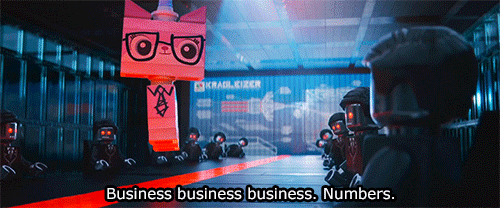
Next easiest to explain is writing for “business,” by which I mean writing specifically to serve as a career. I will clarify that I mean creative writing as a career, not the million forms of corporate writing that exist (and that I do!). That’s a different kind of writing for business.
No, the folks I’m talking about here, write creatively because they feel that it is their most secure career path. They’ve found success (or are seeking it) and have a knack for writing pieces that hit the appetite of their desired audience. Generally, these writers are keenly attuned to the needs of readers and the wider publishing community, making them experts in navigating those complex waters. Additionally, they often have a knack for taking the observations they’ve made of the market and writing to meet them, which can be far more challenging than you would think.
That said, writing of this type can seem formulaic as it is catered toward the specific interests of a targeted audience. Additionally, business-minded writers can run into creative blocks when their go-to sources of inspiration become clouded or the market becomes less easily analyzed.
SATISFACTION

Writers being driven by the goal of satisfaction are often harder to succinctly describe. Of course, I could say “They write to be satisfied!” like a dingus, but that would tell us nothing. What, specifically, are they seeking to satisfy? I could easily argue that Fun and Business are two “satisfiers” in and of themselves, making this entire blog post pointless…but I won’t do that.
Instead, I’ll say that I mean “Satisfaction” in the sense of those who right for reasons outside of business or fun. These individuals are seeking to accomplish something else with their work, often related to an internal need. For some, it may be therapeutic (i.e. writing autobiographically about a difficult life experience), while for others it may be an obligation (i.e. helping a family member with a memoir). Ultimately, the self-satisfaction of writing is what drives these individuals.
That said, they can run into problems if the external source shifts in such a way as to make getting that satisfaction more difficult (i.e. memory is too difficult to write about, family member no longer wants help, etc.).
IN THE END
It doesn’t really matter which of the above you most identify with. It might be all of them equally or one strongly. What matters, at least in my mind, is that you write. Over the course of your life, motivations shift and change because we all are constantly adapting to what’s happening around and within us.
Let me know which of these you most identify with or if there’s another that you think I should have included!
Like I said, this will be a foundation for more conversations in the future, so don’t fret if you wanted to hear more. It’s coming.

Thanks for reading! If you want more content, check HERE.
See you next time!
